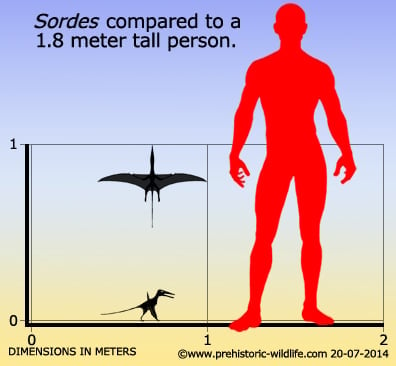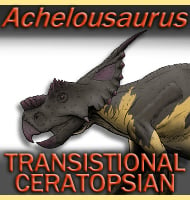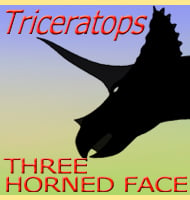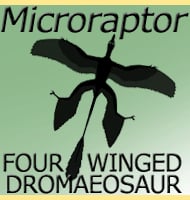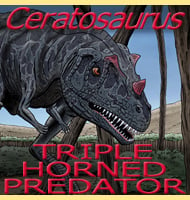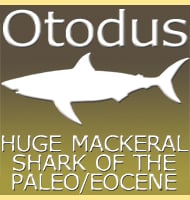In Depth
Sordes was quite a significant discovery in that the type specimen was found to have had an extensive covering of pycnofibres all over its body. This for lack of a better term would mean that in life Sordes would have appeared hairy. Given that these pycnofibres, or ‘hairs’ in the loosest sense, were almost undoubtedly for insulation, the issue of whether pterosaurs were warm blooded was raised once again. A pterosaur being warm blooded is not too much of a stretch of the imagination as warm blooded creatures would have much higher metabolism meaning that they were better able at maintaining rigorous exertion such as flying.
The exact phylogenetic position of Sordes among other pterosaurs has been subject to some debate, but one thing that can be said safely is that Sordes represents a primitive or more respectfully basal pterosaur. Two of the key features that display this are the short yet robust jaws, and the long tail, two areas that would change greatly as the pterosaurs evolved throughout the Mesozoic.
The teeth in the frontal half of the jaws are large and pointed to facilitate prey capture. The teeth beyond these in the rear half of the jaw are much smaller and more numerous than those at the front, suggesting that they were more for crushing. Together these two types of teeth indicate specialisation for prey that was difficult to catch yet required some effort to eat. Likely contenders are invertebrates with tougher exoskeletons, or amphibians that were slippery to catch and then required some crunching before they could be swallowed.
Further Reading
– New flying reptiles from the Mesozoic of Kazakhstan and Kirghizia. – Transactions of the Paleontological Institute, Akademia Nauk, USSR, Moscow, 130: 104–113 [Russian]. – A. G. Sharov – 1971. – Sordes pilosus and the nature of the pterosaur flight apparatus. – Nature 371: 62-64. – D. M. Unwin & N. N. Bakhurina – 1994.
